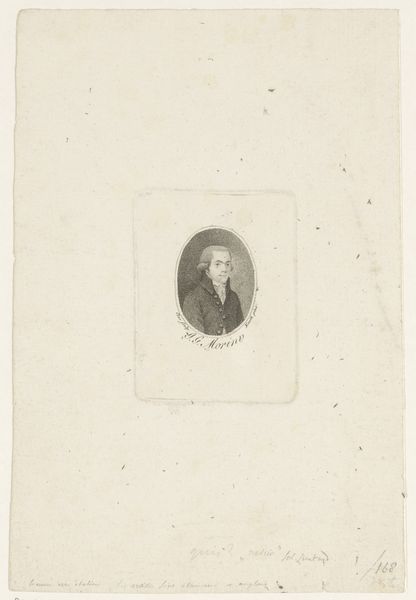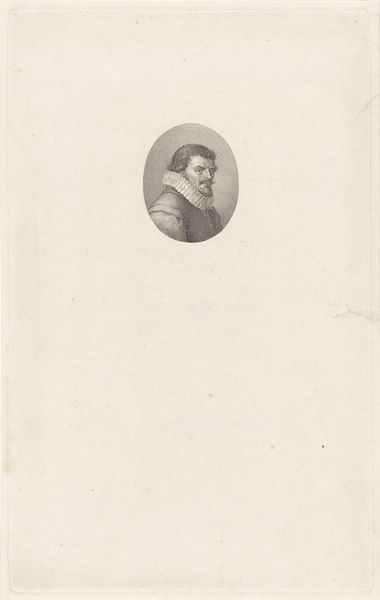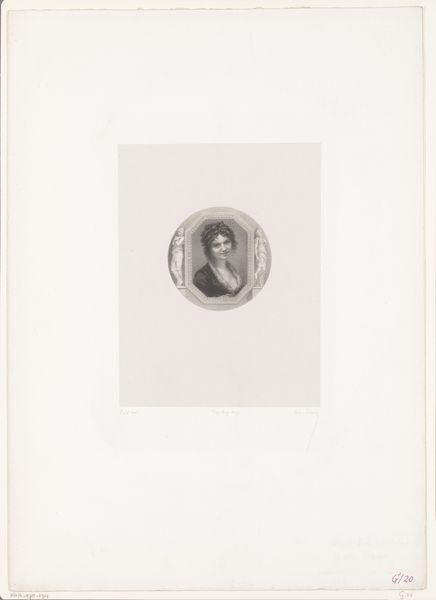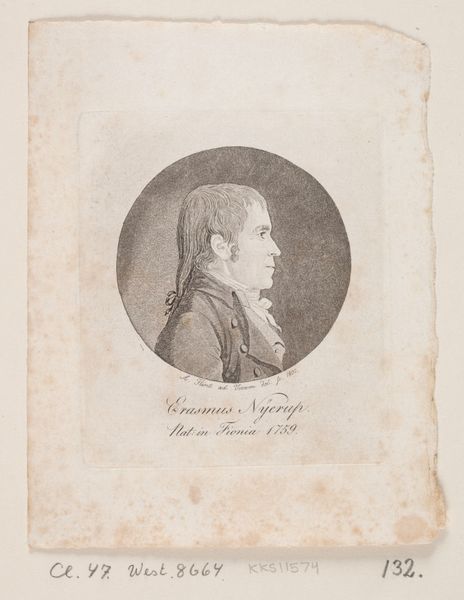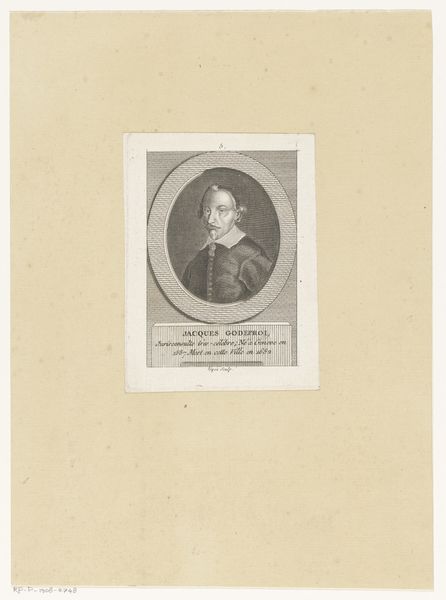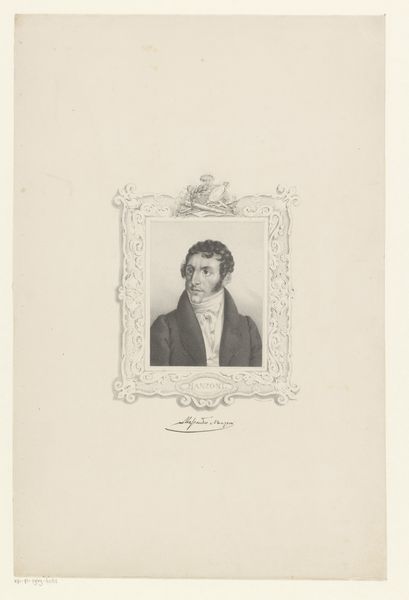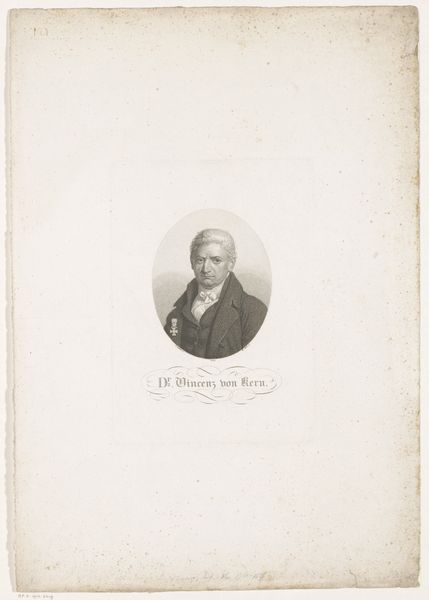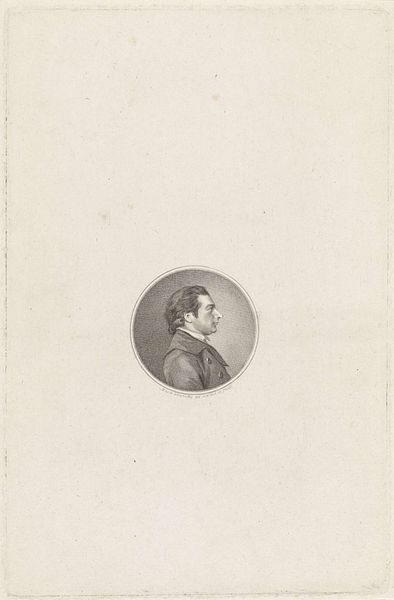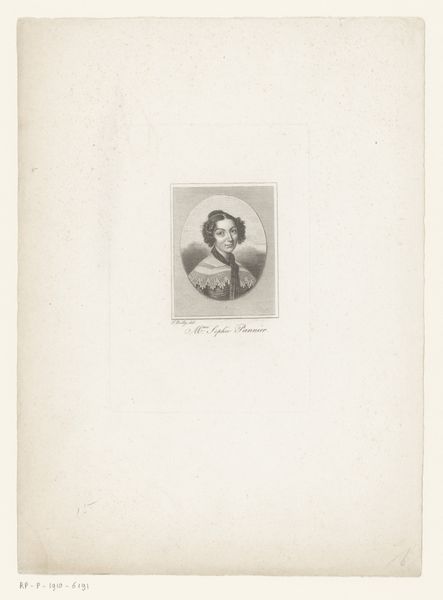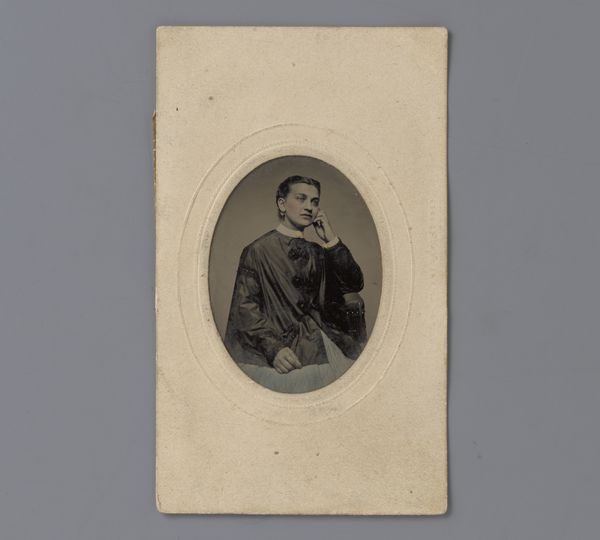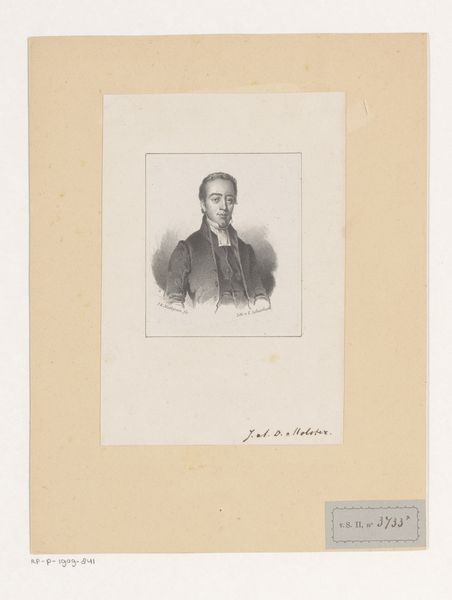
print, engraving
#
portrait
#
neoclacissism
# print
#
history-painting
#
engraving
Dimensions: height 226 mm, width 170 mm
Copyright: Rijks Museum: Open Domain
This portrait of Leopold I of Belgium, with its ornamental frame, was created by Auguste Numans in the 19th century using engraving. This is a printmaking technique where an image is incised onto a surface, typically a metal plate, which is then used to hold ink and transfer the image to paper. Looking closely, you can see how the fine lines create different values and textures, giving form to the King's face and the details of his attire. The ornamental frame, meticulously rendered, speaks to the value placed on embellishment and decoration during this period. Engraving like this requires precision and skill, a testament to the engraver’s hand and eye. In a time before photography became widespread, engraved portraits like these played a crucial role in disseminating images of prominent figures. They were produced in multiples, making them more accessible to a wider audience and helping to shape public perception. This portrait, therefore, is not just an image of a king, but a product of its time, reflecting both artistic skill and the burgeoning culture of mass media.
Comments
No comments
Be the first to comment and join the conversation on the ultimate creative platform.
